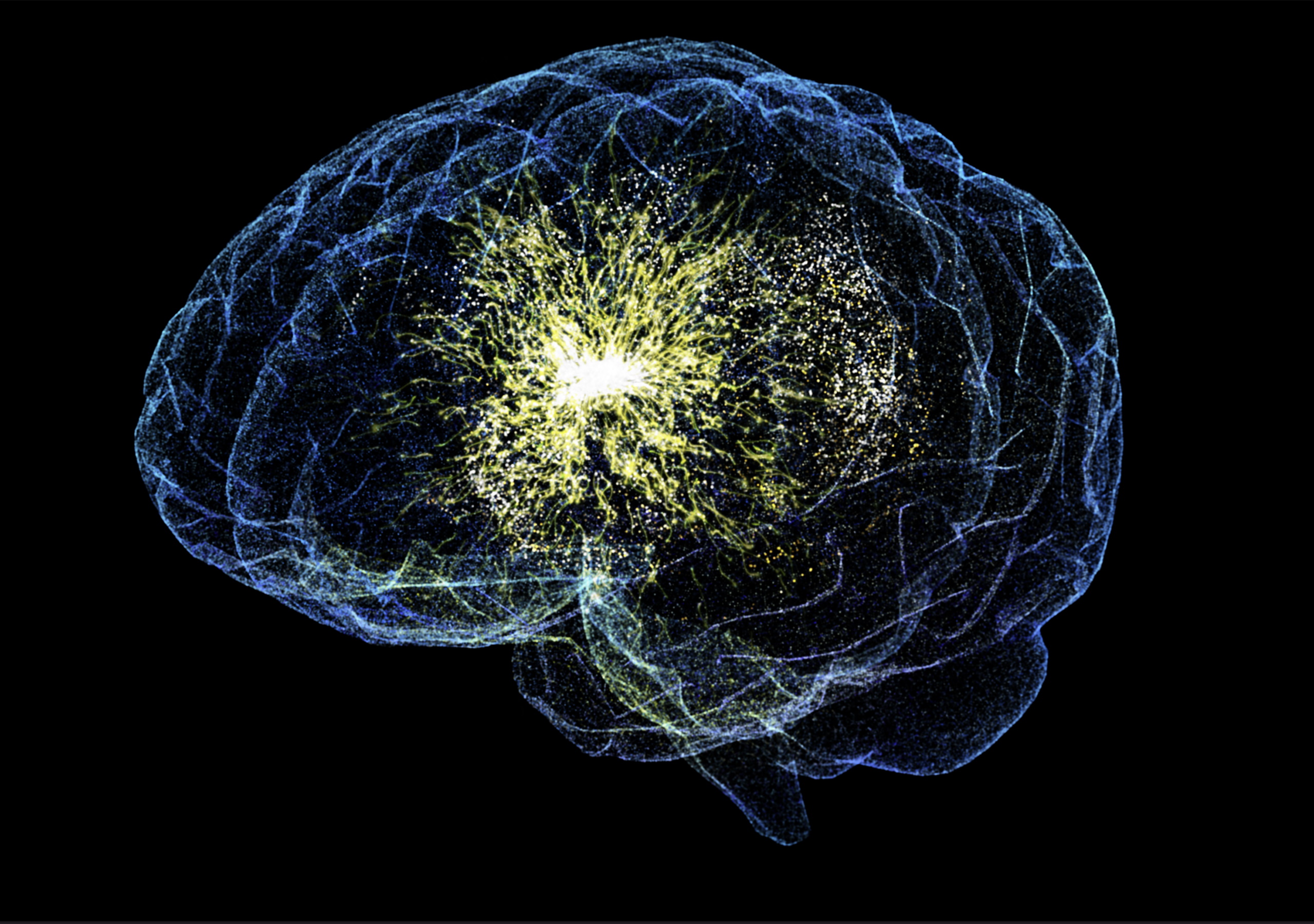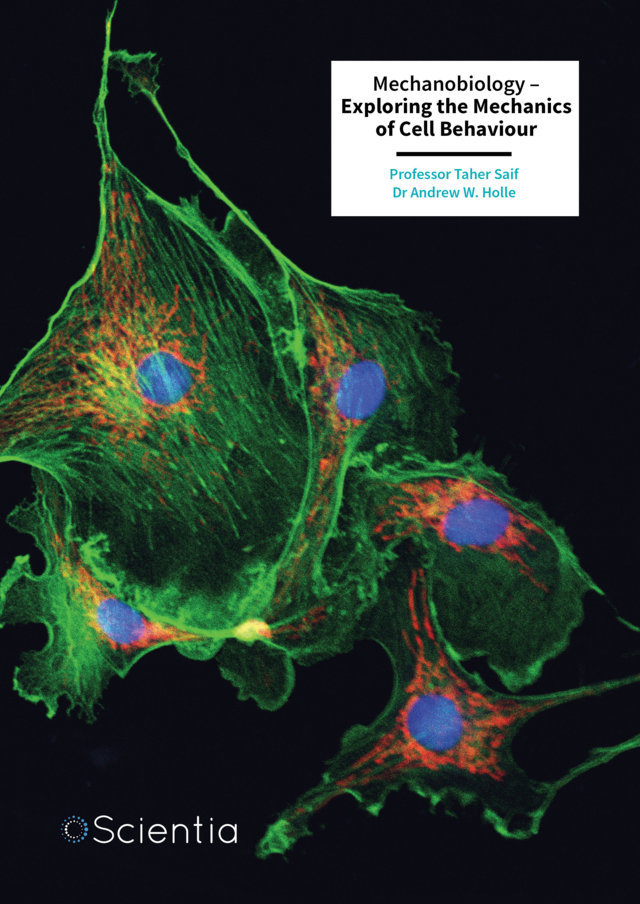As an inherently brittle material, concrete often needs to be replaced after just a few decades: driving a demand which incurs significant costs for Earth’s climate. Through their research, Professors Suzanne Scarlata and Nima Rahbar at Worcester Polytechnic Institute, Massachusetts, introduce a new mechanism that allows concrete to quickly repair itself, with the help of an enzyme vital to the function of living cells. This approach could help to reduce the world’s insatiable demand for concrete. More
Concrete is the single most widely used building material on Earth. Although its production isn’t especially carbon-intensive, our unquenchable appetite for concrete is having a severe impact on the Earth’s climate. Strikingly, concrete currently accounts for around 8% of the world’s total carbon emissions, and 3% of our total energy consumption.
Part of the problem is that despite its useful structural properties, concrete is inherently brittle, and vulnerable to weathering effects such as yearly freeze and thaw cycles. Ultimately, this means that buildings and infrastructure made from concrete tend to degrade within just a few years, and often need to be repaired.
These repairs often involve treating damaged areas with materials such as mortar or epoxies. However, since the properties of these materials don’t quite match those of concrete, repaired structures often end up with reduced strength and resilience. When the damage becomes too extensive, structures eventually need to be replaced entirely, driving the global demand for concrete even higher.
To address this issue, a growing number of studies are exploring how self-healing mechanisms could be incorporated into concrete structures. So far, most of these mechanisms have relied on the activity of bacteria or other microbes – but this approach presents its own set of challenges. Not only is the use of microbes expensive and pose potential health risks, but the mechanisms demonstrated in previous studies have been too slow to implement on large scales.
Through their research, Scarlata and Rahbar have shown that self-healing mechanisms could become vastly more efficient with the help of specialized enzymes. These enzymes catalyse reactions that convert water, calcium ions, and surrounding carbon dioxide into calcium carbonate—a compound that forms crystals that incorporate into concrete filling in holes and repair small fractures.
If this approach proves successful on an industrial scale, it could help extend the lifespan of concrete structures, with the added benefits of inhibiting corrosion by filling in holes to prevent salt and other molecules from corroding the underlying rebar. Additionally, this approach helps to scrub carbon dioxide from the atmosphere. The team’s approach was inspired by the extreme efficiency with which carbon dioxide is transferred in biological cells. This efficiency is made possible by enzymes—proteins that catalyse biochemical reactions to make them far more efficient, without being consumed or destroyed in the process.
In this case, the team considered the role of an enzyme named carbonic anhydrase. Found in the cells of many living organisms, including our own, carbonic anhydrase catalyses the reaction between carbon dioxide, water, and surrounding ions of carbonic acid to form a combination of protons and bicarbonate ions. In biological cells, this process plays a vital role in regulating pH levels, while speeding up the removal of carbon dioxide.
In their study, the researchers explored the possibility of triggering a similar reaction in concrete. When concrete is first mixed, hydrated cement binds together solid particles of sand and gravel, giving the concrete its cohesive structure and allowing it to harden into a solid form.
To implement their self-healing mechanism, the researchers integrated trace amounts of carbonic anhydrase solution into the cement paste. Since the enzyme is highly stable, it could potentially endure for years within tiny droplets of solution trapped inside the concrete.
When cracks begin to form, the enzyme is exposed to carbon dioxide from the surrounding atmosphere, which activates its self-healing mechanism. Carbonic anhydrase catalyses the reaction between carbon dioxide, water, and calcium ions present in the concrete, with calcium ions taking the place of hydrogen ions, as seen in biological systems. The result is solid crystals of calcium carbonate, which have remarkably similar thermal and chemical properties to the original cement.
Since the calcium carbonate crystals are just micrometres in size, they can penetrate deeply into the microscale structure of the cement paste, preventing tiny cracks from widening. Moreover, because the thermal and mechanical properties of calcium carbonate are so similar to those of cement, there is very little mismatch between the repaired areas and the original concrete, making the repaired site indistinguishable from the original.
Compared with more traditional repair techniques using materials such as mortars or epoxies, Scarlata and Rahbar showed that this mechanism can significantly reduce the stress on the original material, allowing the concrete to last much longer before it needs to be repaired or replaced. Additionally, enzymes such as carbonic anhydrase can act much more quickly than expensive microbe approaches, making the process far more efficient without posing any health hazards.
To test their self-healing mechanism, the researchers fabricated samples of enzyme-infused concrete in the lab and measured the growth rate of calcium carbonate crystals as the concrete incurred damage. Using cutting-edge microscopy techniques, they observed that the calcium carbonate crystals were highly effective at filling in damaged areas and bonded strongly with the original concrete.
Most impressively, the repairs happened extremely quickly: with calcium carbonate crystals filling in millimetre-scale cracks within just 24 hours. In comparison, self-repair mechanisms explored in other recent studies took nearly a month to fully repair similarly sized cracks.
While the technique is still some way off from being implemented on an industrial scale, the researchers are hopeful that their early results indicate promising implications for the future of concrete manufacturing. By constructing buildings and infrastructure that can repair themselves when damaged, the need for costly repairs could be significantly reduced, and the lifespan of concrete structures could be extended by decades.
On top of these advantages, this approach can be used as a corrosion inhibitor and could also reduce the global demand for concrete. As an added benefit, the ability to lock atmospheric carbon dioxide into calcium carbonate offers a new method for carbon capture and storage. With further research, Scarlata and Rahbar aim to explore how carbonic anhydrase could be scaled up for larger projects—bringing the construction industry one step closer to a more efficient and sustainable future.







